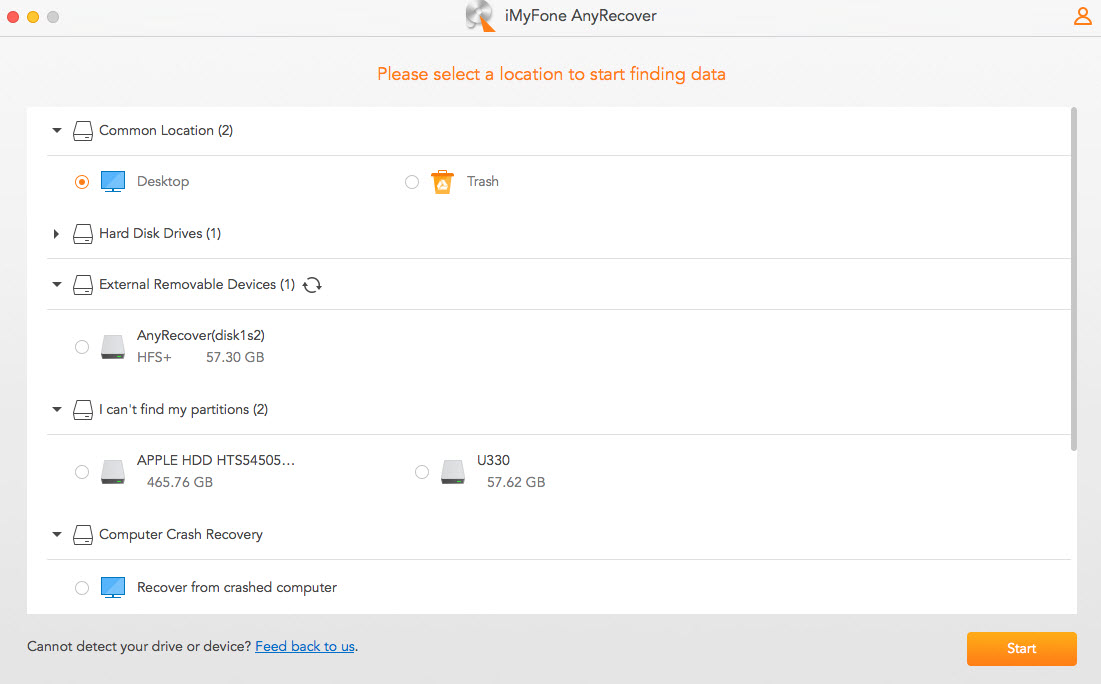ClevGuard Support: Monitor Devices with Others' Permission.
Anime, the captivating world of Japanese animation, has become a global phenomenon with a wide range of content catering to different age groups. However, concerns about the suitability of anime for children have sparked discussions among parents and caregivers. In this article, we aim to address the question, "Is anime bad for kids?" by examining both the potential negative and positive elements of anime as entertainment. Keep reading.
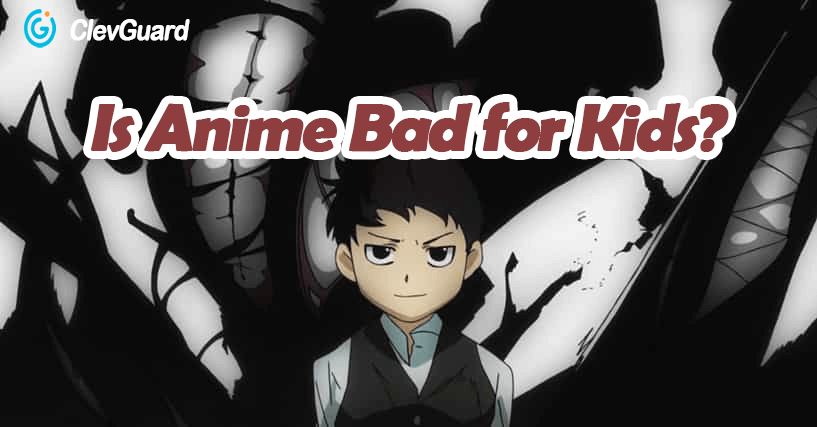
In This Article
Part 1: What Is Anime for Kids?
Anime is a popular form of animated entertainment originating in Japan and gaining a significant following worldwide. It encompasses various genres and styles, offering engaging stories and unique visual aesthetics.
Nowadays, anime has become increasingly popular among kids and teenagers across the globe. It captivates audiences with compelling narratives, relatable characters, and visually stunning animation. Moreover, the influence of anime extends beyond entertainment. Because it has inspired fan communities, cosplay, merchandise, and even conventions dedicated to celebrating this unique art form.
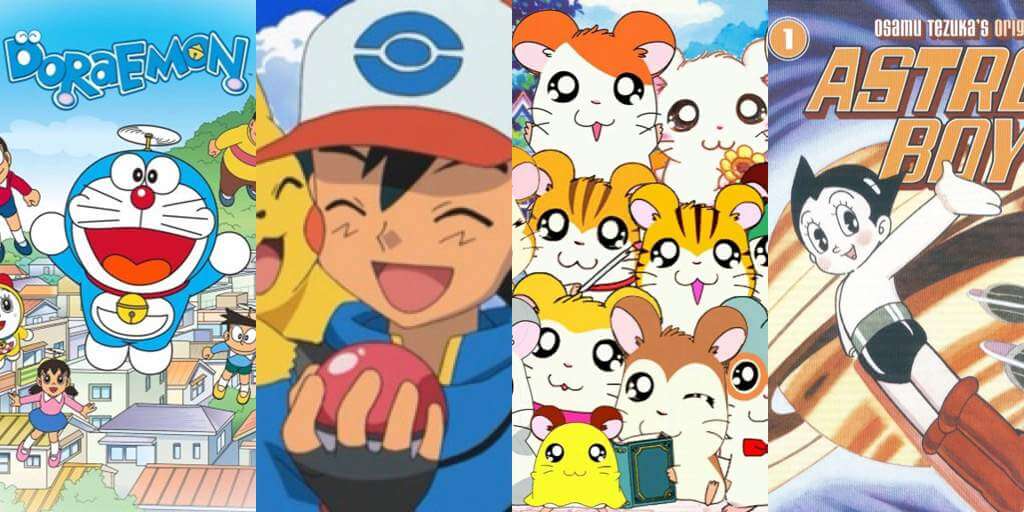
Part 2: Is Anime Bad for Kids?
Negative Stereotypes That Parental Concerns
Violence Content
One common concern raised by parents regarding anime for kids is the presence of violence and graphic content. Some anime series depict intense action scenes or feature fantastical elements that may involve fighting.
Sexual Themes
Another concern often associated with anime is the presence of sexual themes. It is essential to note that many anime for kids involve sexual themes that harm children. Children may have their values affected by these animations with pornographic content, leading to early maturity or the formation of wrong values.
Influence on Behavior and Attitudes
Critics of anime argue that certain shows may negatively influence children's behavior and attitudes as anime has many vulgar content or swear words.
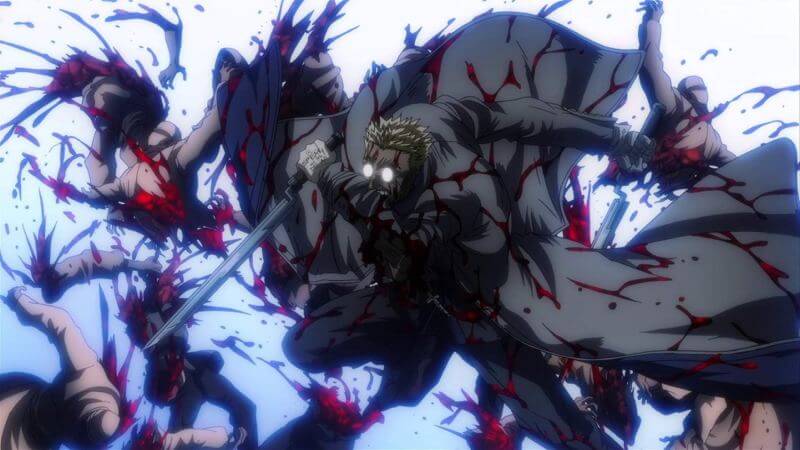
Positive Aspects of Anime
While there are concerns surrounding anime for kids, it is essential to acknowledge the positive aspects that can benefit young viewers.
Educational Value
Anime can offer educational value by introducing kids to different cultures, historical events, and societal issues. Many anime series incorporate educational elements, such as teaching moral lessons, exploring scientific concepts, or showcasing historical events captivating and engagingly.
Historical and Cultural References
Anime often incorporates elements of Japanese history, folklore, and cultural traditions. By watching anime, kids can develop an appreciation for different cultures, gain knowledge about historical events, and learn about traditional customs. Exposure to diverse perspectives promotes cultural understanding and empathy.
Language Studying
Watching anime with subtitles can be an excellent way for kids to improve their reading skills and expand their vocabulary. It allows learning new words and phrases while following the dialogue. Additionally, exposure to different accents and speech patterns can enhance language acquisition and foster an interest in foreign languages.
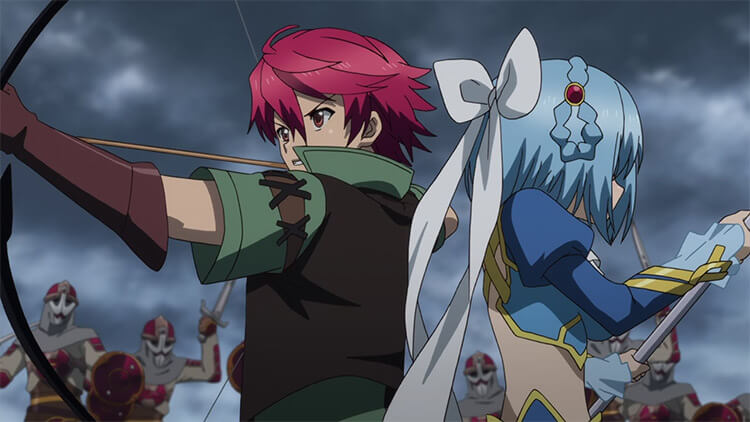
Part 3: Parental Guidance: How to Protect Kids?
KidsGuard is an advanced parental control software designed to provide comprehensive protection and monitoring for children's online activities. With the rise in digital media consumption, including anime for kids, it has become essential for parents to ensure a safe and secure environment for their children. This tool offers a range of powerful features that enable parents to actively protect their kids from potential online risks.
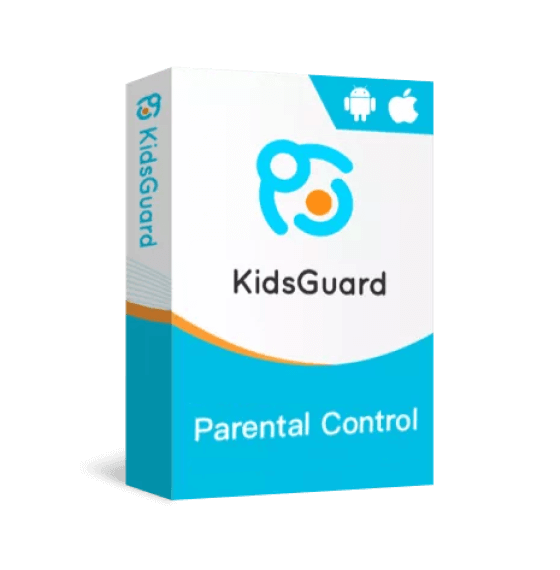
Highlights of KidsGuard
- Its content filtering and monitoring features allow parents to block inappropriate anime content based, such as violence, nudity, or mature themes.
- You can monitor your child's online activities in real time, including the anime they watch, ensuring a safe and age-appropriate viewing environment.
- With KidsGuard, parents will receive real-time alerts and notifications while their child attempts to access restricted content or harmful websites.
- KidsGuard offers app and screen time management tools, enabling parents to limit how much time their child spends watching anime.
- For added safety, parents can track their child's whereabouts using KidsGuard.
How to use KidsGuard to protect your kids?
- Click the button below to download KidsGuard app on your phone. Then register and create a KidsGuard account to log in.
- Install the app on your child’s device and connect it to your account.
- Now you can set screen time and block apps and websites to keep your child safe online easily.
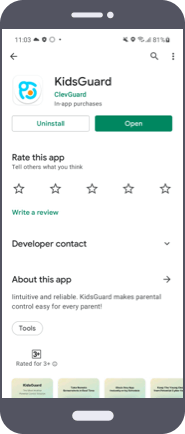
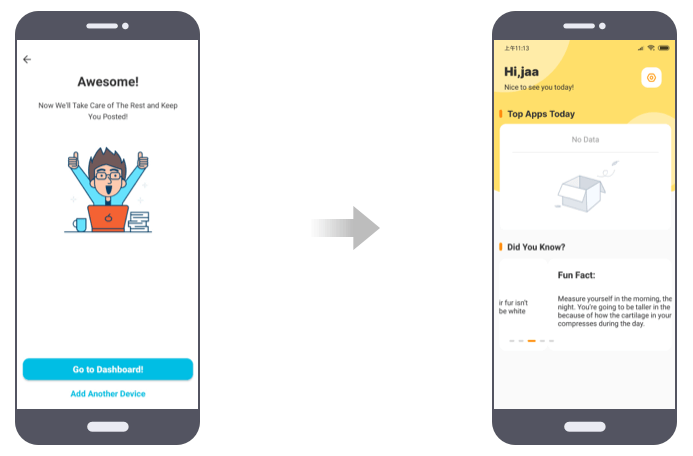

FAQs About Anime for Kids
Q1: Are all anime series appropriate for kids?
No, not all anime series are suitable for kids. It is important for parents to research and choose age-appropriate anime content.
Q2: Is anime only produced in Japan?
While anime originated in Japan, there are also anime-inspired series and movies produced in other countries.
Q3: Can anime teach valuable life lessons to kids?
Yes, anime can convey important life lessons, promote empathy, and encourage personal growth in young viewers.
Q4: How can parents determine if an anime is appropriate for their child?
Parents can research the age rating, read reviews, and preview episodes to assess if an anime is suitable for their child's age and maturity level.
Q5: Is it necessary for parents to watch anime with their kids?
Watching anime together allows parents to engage in meaningful discussions, address concerns, and guide their children's understanding of the content.
Conclusion
Anime for kids offers a diverse range of entertainment and educational experiences. At the same time, parents should exercise parental guidance. In addition, parents can use KidsGuard to protect their kids in real-time. It provides app block and screen time limit features to make parental control easier. Let's ensure their kids have a safe and enriching anime experience with KidsGuard!







 Store
Store
